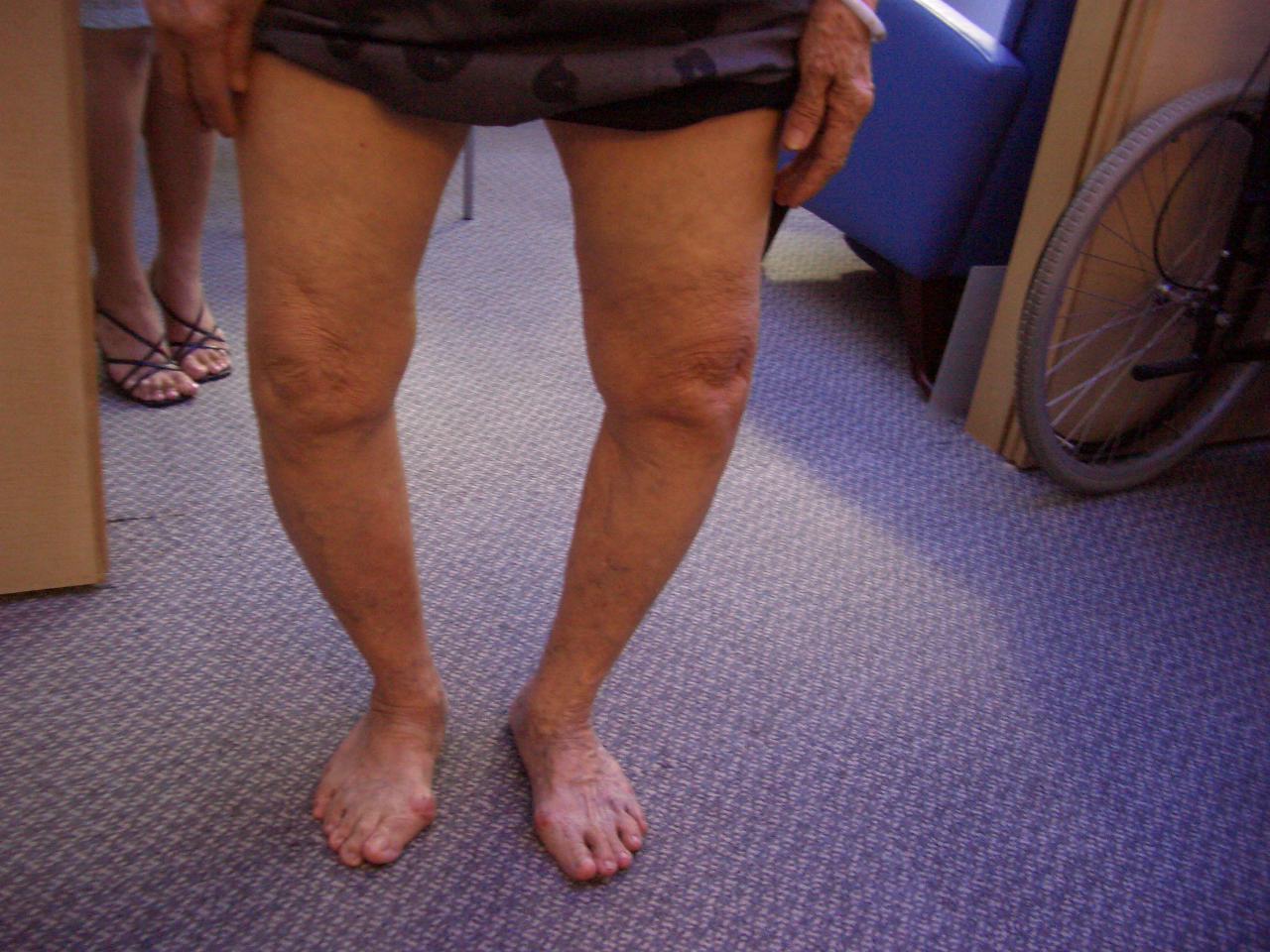Arthritis is the name given to diseases that bring about pain in our joints. Diseases that affect our joints also govern how mobile we are and therefore how independent we are. Managing arthritis effectively is all about controlling pain and stiffness and staying as active as possible.
What is Arthritis and Why is it a Problem?
Arthritis is a collection of distinct diseases that all cause pain in the joints. It is usually accompanied by swelling and sometimes changes in the structure of the joint.
People who have arthritis often have trouble moving and experience some loss of function (for example, trouble with fastening clothing or performing simple household chores or other everyday tasks). This has a number of knock-on effects, to the extent that (if it is not managed properly) arthritis can end up compromising your:
- Moblity
- Independence
- Self-confidence
- Sense of well-being
- Family life
Osteoarthritis and Rheumatoid Arthritis
Osteoarthritis and rheumatoid arthritis are the two most common types of arthritis.
Osteoarthritis
Occurs when the cushioning of the joint (from the cartilage and synovial fluid) starts to wear down and disappear. The two bones of the joint start to rub together when the joint moves, which can be very painful.

Rheumatoid Arthritis
Occurs when the joint as a whole becomes inflamed and swollen as a result of underlying autoimmune disease.
People with rheumatoid arthritis can often end up developing osteoarthritis eventually, because once a joint has been damaged (e.g. by rheumatoid arthritis) it becomes more susceptible to developing what is known as ‘secondary osteoarthritis‘.

Rheumatoid Arthritis is an Autoimmune Disease
Our immune system protects us from foreign invaders (such as bacteria and viruses) by destroying them with specially tailored substances called antibodies.
Under normal circumstances our immune system helps to protect us against infection and without it we would not survive. However, if you have an autoimmune disease, your body mistakes healthy cells, organs, or tissues in the body for foreign invaders and starts attacking them.
If you have rheumatoid arthritis, your immune system mistakes one or more of your joints for a foreign invader and attacks it. This causes inflammation, and it is the inflammation that damages the joint and brings about the symptoms of arthritis.
What’s the Difference Between Osteoarthritis and Rheumatoid Arthritis?
Although they share a name and have many symptoms in common, osteoarthritis and rheumatoid arthritis are in fact very different diseases.
- They are caused by different things. Although both conditions involve the breakdoen of cartilage in the joint, osteoarthritis is largely due to age-related changes in which the cartilage becomes thinner in some joints, whereas rheumatoid arthritis is related to a problem with the body’s own immune system.
- They affect people of different ages. Osteoarthritis tends to affect people as they get older and rarely occurs before the age of 40, but rheumatoid arthritis can occur at any age (and usually tends to affect people between the ages of 30 and 50 but can sometimes even start during childhood).
- They can affect different joints. Osteoarthritis mostly affects the weight-bearing joints (like the knees and the hips) whilst rheumatoid arthritis tends to affect the smaller joints (such as those in the hands, wrist or elbows). Rheumatoid arthritis is a symmetrical disease. This means that if one wrist is affected then it is likely that the other one will be too, but this is not always the case in osteoarthritis.
- They develop at different rates. Whilst osteoarthritis can take many years to develop, rheumatoid arthritis can come on over a period of months.
- They look different in X-rays. Bones affected by osteoarthritis cans how bony lumps and other deformities, whereas bones affected by rheumatoid arthritis can look thin and the joints may show signs of damage (‘erosions’) due to the inflammation.
The Symptoms of Osteoarthritis
The major symptoms of osteoarthritis are:
- Pain (that gets worse after exercising or towards the end of the day)
- Stiffness (that is usually worse in the mornings and after long periods of sitting down).
They symptoms of osteoarthritis usually come on gradually and you may only end up noticing them at certain times of the day (e.g. in the morning when you first get up) or after doing certain activities (e.g. weight-bearing exercises like walking or jogging). You may start to notice that your joints aren’t as flexible as they used to be and that your range of movement is impaired (i.e. you can’t straighten your leg out in front of you as far as you used to be able to). Performing certain activities like bending down, kneeling, gardening or climbing stairs may also start to become more difficult.
As osteoarthritis becomes more advanced, you may start to notice other symptoms like:
- muscle weakness
- swelling around the joints
- a crunching feeling in the joints
- pain during the night that keeps you awake
- changes in the the outward appearance of the joint, for example they may start to look knobbly.

Symptoms of Rheumatoid Arthritis
Rheumatoid arthritis tends to follow a different course in different people and symptoms can even vary from one day to the next. Given the right treatment, the symptoms of rheumatoid arthritis can disappear altogether, but this is not always the case and some people’s symptoms will continue to get steadily worse, even when they are receviing treatment.
Rheumatoid arthritis can affect any synovial joint (but tends to affect the smaller joints like the wrists, elbows and fingers) and interestingly enough, is usually symmetrical (if one wrist is affected, it is more likely that the other one will be too).
In contrast to osteoarthritis, the symptoms of rheumatoid arthritis can affect the whole body rather than just the joint in question. The main symptoms of rheumatoid arthritis are:
- pain
- stiffness
- swelling around the joints
- warmness and redness around the joints
- lumps under the skin (called rheumatoid nodules)
- tiredness
- loss of appetite
Diagnosis Arthritis
Depending on the type of arthritis, your symptoms can develop over a matter of weeks or it may take many months before they start to bother you to the extent that you go and see your doctor for advice. If you suspect that you may have a form of arthritis, it is important that you seek medical advice as soon as you can.
Managing Arthritis
If your arthritis is causing you pain, your doctor may suggest some pain management strategies. These may include:
- Pain-killers medicine
- Physiotherapy
- Anti-inflammatory injection
- Lubicant injection for osteoarthritis